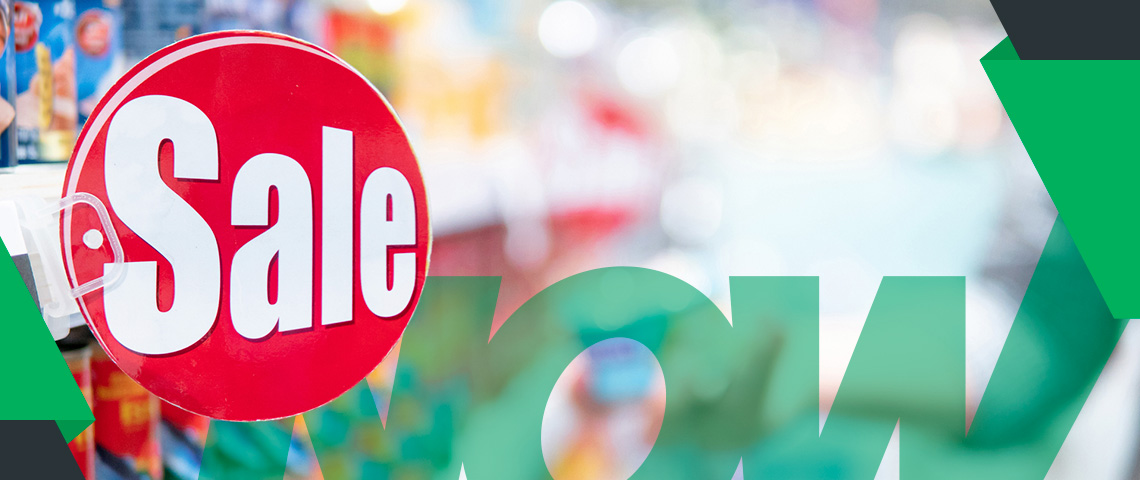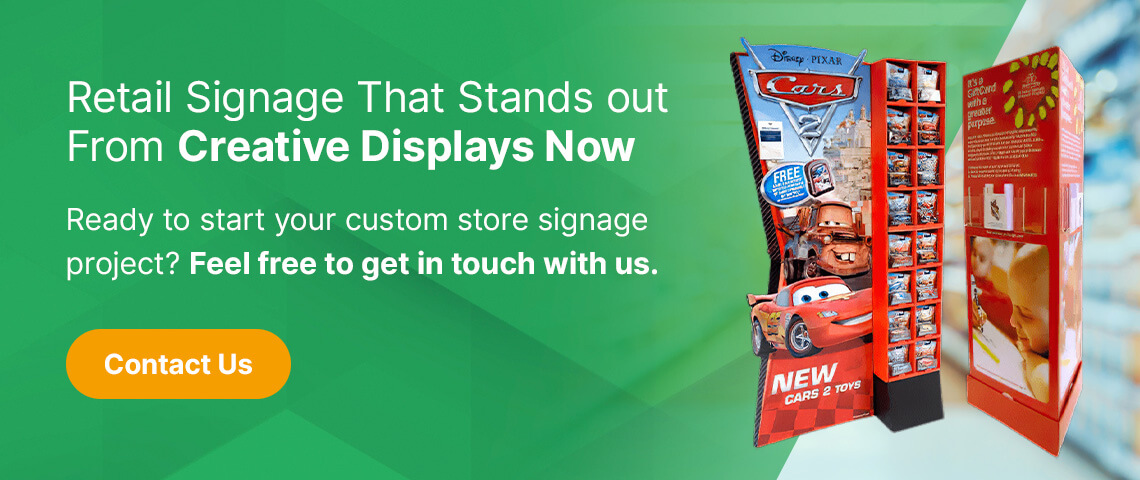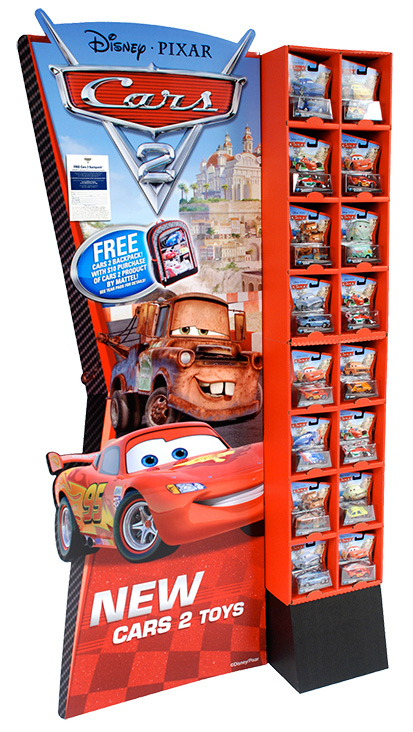Grocery store aisle signs have changed significantly over the years. Vendors and retailers now have graphic design and printing capabilities at their fingertips that would have astonished their predecessors. Each decade brought a new era of supermarket layout and design, with trends that improved upon the simple concept of a sign.
Let’s look at some of the aisle sign design trends of the ‘50s, ’60s, ‘70s, ’80s, ’90s and 2000s and where this retail evolution has brought us today.
Common Types of Store Signage
Signage at the end of each store aisle helps shoppers locate different products or sections and conveys relevant information or messages, enhancing customers’ overall shopping experience. You may see them on the shelves, standing independently on the floor or as hanging retail signs.
These are the common types of retail store signage.
- Promotional: These signs highlight special offers, discounts or sales events to attract attention and encourage purchases.
- Directional: Also called wayfinding signage, directional signage helps people get around a store, indicating where to find the cashier, fitting rooms or shoe section.
- Outdoor: Outdoor signs give a positive first impression and invite people inside a store.
- Informational: These signs convey more details to customers and encourage them to take action, like applying for a membership card or following a brand on social media.
- Branded: Some retail stores advertise popular brands. For example, a sports clothing store may promote a household name like Nike or Adidas to make their establishment more attractive.
- Digital: Digital signs showcase popular products, providing information and advertising sales from one electronic device.
Store Signage Over the Decades
Store aisle signs have evolved to improve the overall shopping experience. Since retail stores now do more than sell products, signage’s purpose has changed from wayfinding and branding to providing information and convenience. Let’s explore the changes store signage went through over time.
1950s — Bold and Simple
We often hear the 1950s were a simpler time, which holds true for grocery store signage. However, while these signs seem simplistic to us, they represented a retail revolution at the time. More people owned cars, creating the need for free-standing road signs to attract motorists.
The signs marking the aisles in 1950s supermarkets showed a remarkable difference in branding and marketing compared to previous eras where mom-and-pop shops dominated the grocery industry. These signs were bold, simple, typically limited to two colors and often handpainted. Still, grocers used them to organize stores into sections with a cohesive design, just like today.
1960s — Fresh and Colorful
Grocery stores became more colorful in the 1960s, as color televisions appeared on the scene in the early part of the decade and psychedelic, “flower-power” designs came to dominate fashion and design. Much of the contemporary grocery store signage echoed these trends.
1970s — Experimenting With Designs
Aisle signs and other retail accessories became more sophisticated in the 1970s, combining different materials and integrating graphic designs with logos, cartoon characters, etc. Retail designers still had limited printing capabilities, but kept experimenting and pushing boundaries.
1980s — New Electronic Capabilities
New printing capabilities became available in the 1980s, just as technologies like personal computers, gaming consoles and portable cassette players hit the retail market with a splash. Retailers could no longer get by on low-tech designs with such rapid advances in electronic products for the consumer market.
Many shops used neon or electric signage to differentiate themselves. Some businesses went as far as placing TVs in shop windows and playing VHS ads. Today, we recognize this innovation as the first “digital signage” in retail stores.
1990s — The Birth of Current Designs
We can still see 1990s design trends influencing current retail signage. It’s typical to see a large aisle number at the top in the center, and two columns of interchangeable rows or hanging mini-signs indicating the various categories found on that aisle in a grocery store — such as frozen vegetables, paper goods, cleaning products and baked items.
Additional design elements, such as the store logo or geometric shapes in branded colors, also became common during this final decade of the 20th century. Digital signage slowly started making its way into stores, though it was less pervasive than it is today.
2000s — Grocery Store Signage Trends
Modern aisle signs have become even more informative and visually appealing with advancements in technology and retail practices. They now often feature bold and colorful designs and even different aisle placements, making them easier to spot from a distance. Additionally, many store managers now use digital displays or LED signs that they can update to reflect changes in product placement or promotions. This flexibility allows grocers to adapt quickly to customer needs and improve efficiency.
Remember these tips when investing in store signage to remain with today’s trends.
- Go big and bold: Retail stores favor supersized signage with giant letterforms to create a high impact.
- Keep it simple: Simplicity cuts through the noise and makes decision-making easier for customers.
- Merge physical with digital: Digital shopping experiences should complement consumers’ in-store journeys to convey a consistent brand.
- Prioritize legibility: Keep minimalism front of mind to ensure customers can easily read store signage.
- Remember accessibility: Store signage with accessible features will make the shopping experience more comfortable for consumers with disabilities.
Retail Signage that Stands out from Creative Displays Now
Despite technology such as LED signs, grocery store aisle signs still serve the same purposes they have for decades. Retailers have many material options, from wood and plastic to thick, durable cardboard.
Ready to start your custom store signage project? Feel free to get in touch with us, and we’ll answer all your questions.





